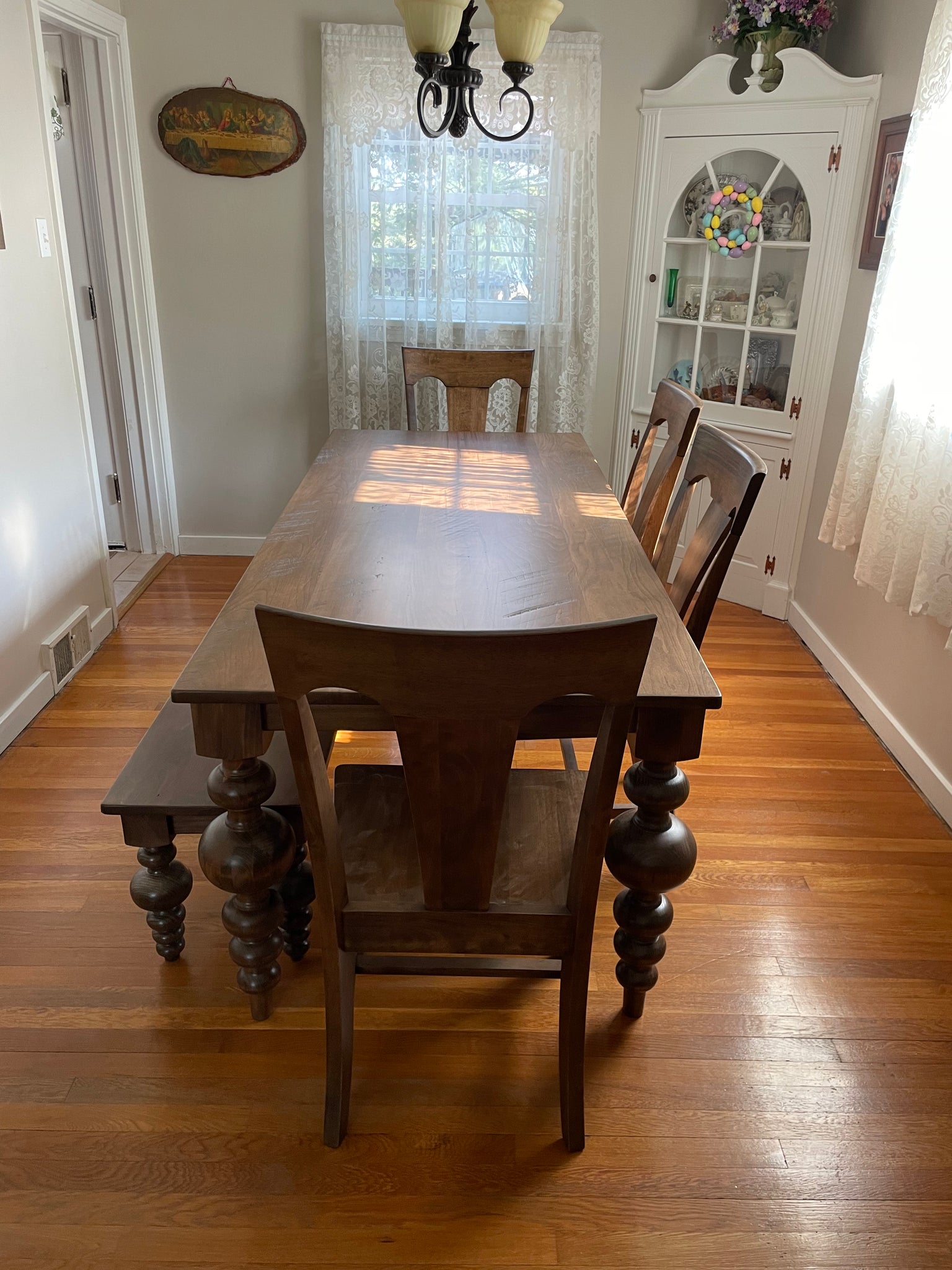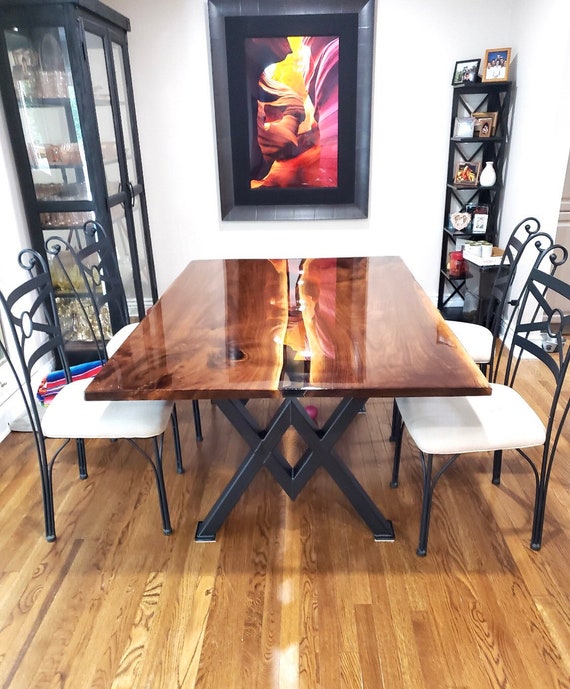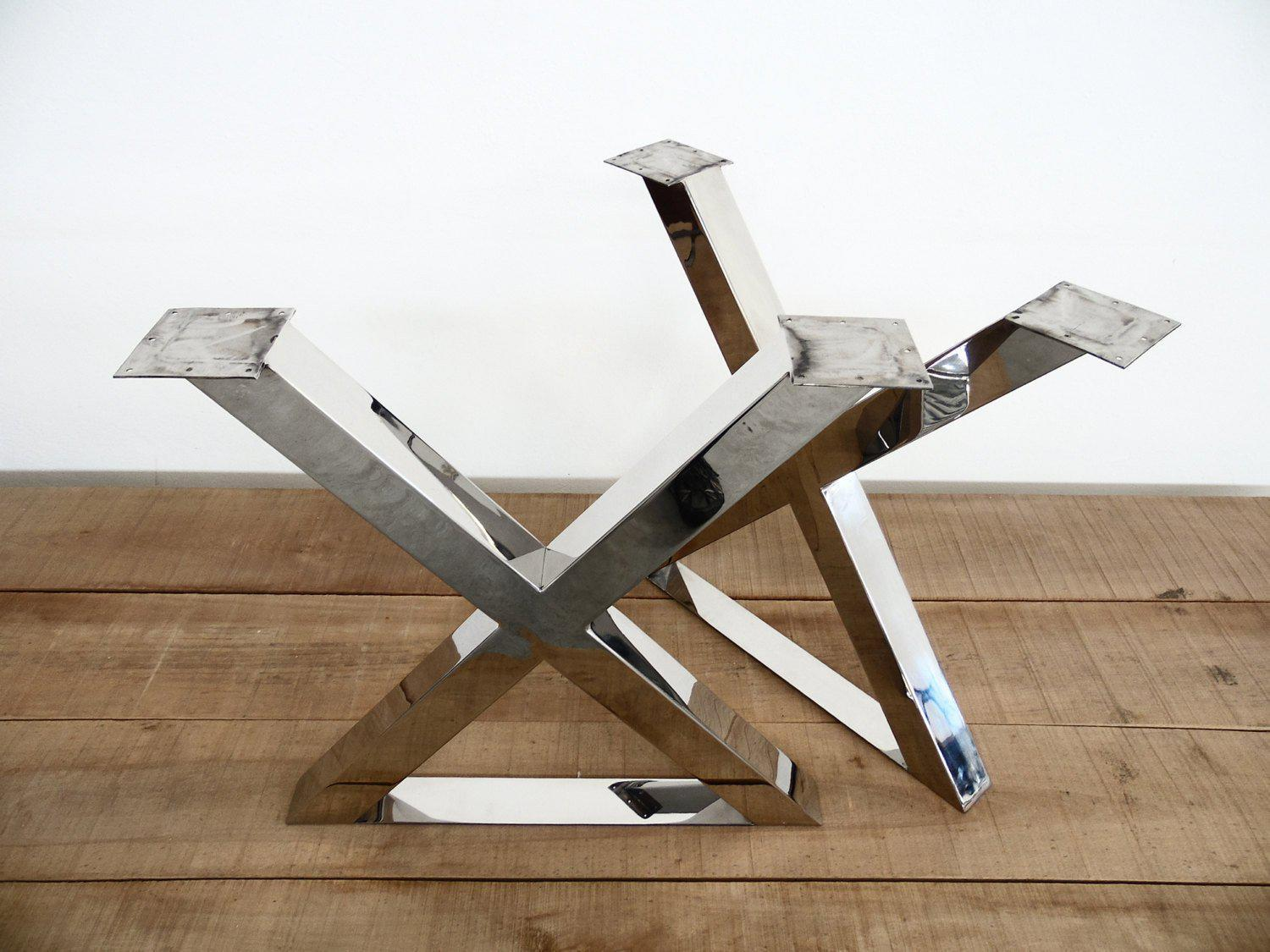Tips for Installing Dining Room Table Legs for a Modern Look
Exactly How to Choose the Perfect Dining-room Table Legs for Your Home Décor
Picking the perfect eating area table legs is a nuanced process that calls for mindful factor to consider of various aspects, including your space constraints, visual preferences, and practical needs. The interplay in between styles, dimensions, and products can dramatically influence the ambiance of your eating location, making it crucial to approach this decision systematically. As you consider the myriad choices available, it becomes clear that the ideal selection prolongs beyond plain look; it can enhance your overall eating experience. What variables should you focus on to guarantee your option matches your home's one-of-a-kind personality?
Assess Your Dining Room
Evaluating your eating space is critical for selecting the right table legs that match both visual appeals and functionality. Begin by determining the measurements of your eating area, consisting of ceiling elevation, floor room, and closeness to various other furniture. This details will certainly aid determine the suitable size and height of your dining table, which directly affects the selection of table legs.
Following, take into consideration the design and format of your eating area. An open-concept layout may profit from table legs that offer visual lightness, such as slim steel or acrylic choices. Conversely, an extra traditional setup could require strong wooden legs that provide a sense of durability.
Assess the existing shade palette and products in your eating location. Balancing the table legs with these aspects produces a cohesive appearance that improves the general decoration. In addition, think about the functionality required in your area. As an example, if you frequently organize big gatherings, think about legs that give extra assistance and security.
Inevitably, a thorough assessment of your eating area will certainly lead you in making a notified decision, ensuring that your table legs not only enhance the visual charm yet additionally offer practical functions.
Consider Your Design Preferences
When selecting eating space table legs, it is important to review your personal design choices, as they substantially affect the general aesthetic of your dining area. Your choice of table legs can either complement or contrast with existing design, making it essential to straighten them with your favored interior design style.
If your home leans in the direction of a contemporary aesthetic, think about smooth steel or minimalist wood legs that supply a tidy, clean look. For an extra traditional approach, luxuriant wood legs with elaborate makings can add a touch of elegance and elegance. Industrial styles gain from robust, basic materials such as reclaimed wood and metal mixes, showing a sturdy beauty.
Furthermore, farmhouse and rustic styles typically prefer tough, beefy legs that stimulate a feeling of warmth and convenience. Conversely, if your décor is eclectic, you might pick unconventional forms or a mix of products to produce visual rate of interest.

Evaluate Material Options
The option of product for dining space table legs plays a crucial function in both longevity and aesthetic allure. Usual products include wood, steel, and composite options, each offering distinct features that can influence the general look and durability of your table.
Timber is a traditional option, understood for its heat and versatility. Hardwoods like oak and walnut provide phenomenal stamina and can be finished in numerous spots to match any decoration. Nonetheless, softwoods like ache are a lot more susceptible to scrapes and dents, making them less optimal for high-traffic locations.
Steel legs, often crafted from steel or light weight aluminum, show modernity and industrial appeal. They are immune and extremely sturdy to use, making them suitable for families with children or constant events (dining room table legs). Furthermore, steel can be finished in numerous shades, boosting the personalization possibilities
Composite products, such as MDF or laminate, offer cost and varied designs. While commonly less durable than strong wood or metal, they can still offer a fashionable appearance and are frequently easy to preserve.
Eventually, the product you pick must align with your way of living, visual choices, and the degree of usage your table will experience.
Determine Elevation and Dimension
Selecting the ideal elevation and dimension for your dining-room table is important for both capability and comfort. The basic height for dining tables normally varies from 28 to 30 inches, permitting adequate legroom for the majority of people when seated. Nevertheless, it is important to think about the measurements of your dining room and the sorts of chairs you plan to use.

Moreover, consider the percentages of your dining space. A larger table in Read Full Article a large location can develop a grand setting, while a smaller sized table functions well in even more intimate setups. Ultimately, the right elevation and size will integrate with your total style and enhance the eating experience for you and your guests.
Explore Customization Opportunities

In addition, the style of the legs can be personalized to fit various styles, such as rustic, modern-day, or industrial. As an example, tapered legs can stimulate a mid-century contemporary feel, while beefy, block-style legs may reverberate with standard or farmhouse official site design.
Home owners can likewise discover shade finishes, from natural timber stains to repaint, allowing them to match or contrast with the tabletop and bordering style.
Additionally, leg elevation can be adapted to suit details seating plans or individual preferences, boosting both comfort and performance.
Lastly, special decorations, such as carvings or decorative braces, can additionally individualize the table legs, making the eating experience not just a meal however a declaration piece in the home. By thinking about these personalization choices, property owners can create an eating room table that genuinely mirrors their originality.
Conclusion
Picking the optimal eating area table legs requires cautious consideration of various variables, including the measurements of the dining room, design choices, material sturdiness, and wanted height. Personalization alternatives further enhance the capability to attain a cohesive aesthetic that complements the general decor. By systematically examining these aspects, house owners can ensure that the picked table legs not just accomplish practical requirements but additionally contribute positively to the eating experience and atmosphere of the home.
Choosing the suitable eating room table legs is a nuanced procedure that requires cautious factor to consider of various components, including your space restrictions, visual preferences, and practical requirements.Analyzing your eating area is vital for selecting the right table legs that enhance both aesthetics and functionality.When figuring out size, measure the location where the table will certainly be put to guarantee it fits comfortably, allowing for at least 36 inches of clearance around the table for simple movement. A bigger table in a roomy area can create a grand setting, while a smaller table functions well in even more intimate settings.Selecting the excellent eating room table legs requires careful consideration of different variables, consisting of the dimensions of the dining room, design choices, product durability, and wanted height.